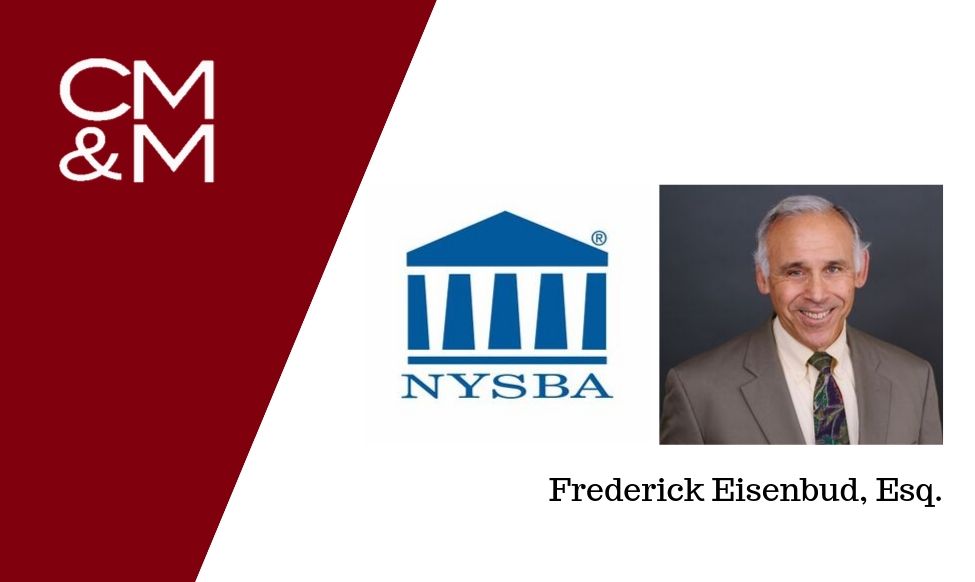“We present to you the East/West Challenge Coin!”
Twenty-eighteen marked the 50th year of Saving
Aircrew Lives for East/West Industries, a cutting-edge, award-winning business
that designs, develops, and manufactures escape, life support, seating, and
ground support equipment for high-performance military aircraft. Based in
Ronkonkoma, longtime CMM client East/West is a family-owned business that
serves major customers including the Department of Defense, Boeing, Sikorsky,
Northrup Grumman, and Lockheed Martin. To celebrate and commemorate five
decades of dedicated service to the aerospace and defense community, EW designed
and struck a medallion to memorialize this extraordinary milestone.
The one-and-a-half-inch coin is packed with meaning. On the
front of the coin are the EW logo and 50-year celebration marking. The outer
ring highlights EW’s mission and guiding tenet, “Saving Aircrew Lives Is Our
First Concern,” along with the year EW was founded (1968) to the present. The
quadrants on the back depict some of the programs in which EW is currently
engaged: the CH-53, F-35, CH-47, and E2D aircraft.
The company
recently presented an East/West Challenge Coin to CMM Managing Partner Joe
Campolo. Teresa Ferraro, EW President, explained: “We wanted to honor Joe as a
Veteran of the U.S. Marine Corps as well as for the achievements he has made
within our community.”
Although there are several variations to the history behind
a challenge coin, it is said that the gesture of giving a coin dates to the
Roman Empire, when soldiers were given coins for exceptional achievement; in
later years, the coins were
presented by unit commanders in recognition of special achievement by a member
of the unit.
“Presenting me
with this Challenge Coin was an extraordinary gesture by East/West,” Campolo
said. “The coin embodies their commitment to ‘do what it takes, whatever it
takes,’ and I’m honored that Teresa and her team found me deserving of this
honor.”











